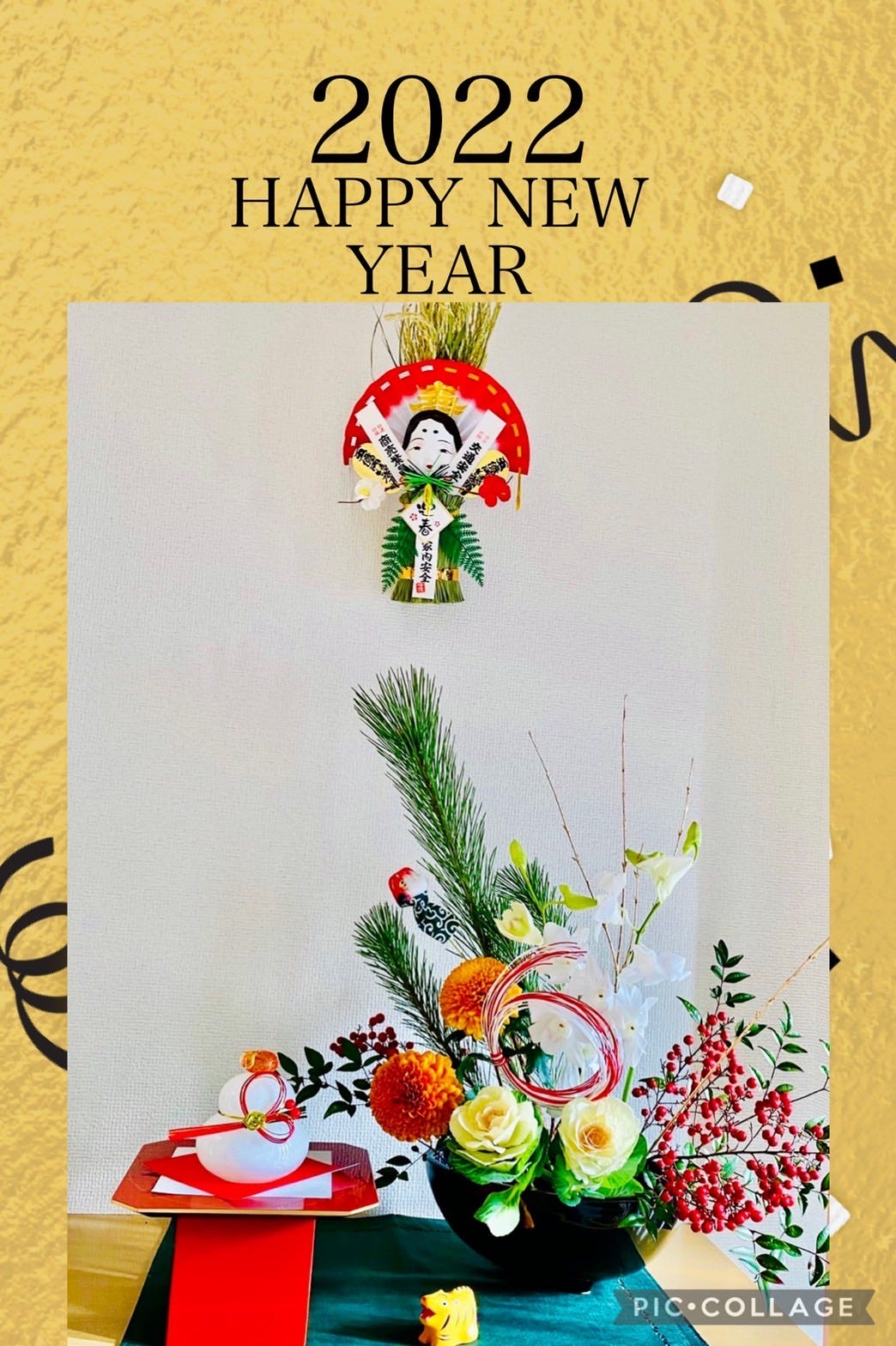There are three popular decorations for the New Year in Japan; e.g. “Kagamimochi, Kadomatsu & Shimekazari.”
What is the New Year’s Decoration for?
In Japan they say that a year of God (Toshigami) will visit each home to bring happiness of a year during the new year holidays. The decoration is a landmark of each house to let God find a house easily with warm homecoming. Therefore, the Japanese people clean their houses to make them ready to welcome God. Kadomatsu is a mark of a house when God is coming down.
The meanings of each decoration
Kagamimochi - 鏡餅
They say that rice has a psychic power and mochi is made of rice. As a result, mochi also has a psychic power and it is sacred food for the New Year. Kagamimochi will be a place where Toshigami spends time. You can offer as many kagamimochi as you like and it is not a problem even if you decorate this mochi in the living room, entrance and other rooms in a house where you want to invite God to come.
Kadomatsu - 門松
Kadomatsu is placed at the entrance of a house. But why is it made from pine and bamboo? A bamboo has knots and stretches out straight so that they hope that they will reach some turning points (knots) of their happy life (straight happy life time.)
On the other hand, a pine tree has a strong vitality and their evergreen leaves give a long and good health impression.
Also, when you cut a bamboo diagonally, a cutting face looks like a smiling mouth shape. It is said that “fortune comes to a smiling gate” so they decorate bamboos cutting their tops.
Shimekazari - しめ飾り
Shimekazari has the meanings of a territory or making a barrier. Since it becomes a barrier between the sacred area, it makes amulets effect. Then God can feel at ease and comfortable to stay in a house. It is better to display shimekazari as high as possible so that it is often displayed at high place at the entrance.
From when to when?
During the lunar calendar era a long time ago in Japan, the Japanese started preparing for the New Year’s decoration after December 13 as the event of the beginning of the New Year. Recently many Japanese families celebrate Christmas. So, if you want to decorate the New Year after Christmas, it will be good to decorate on 28th which number “eight - 八” is attached as a lucky charm. It is better to avoid the 29th which is reminiscent of the pronunciation of “double sufferings.” In addition to 29th, you better avoid 31st because it will be considered as one night tied-up and it will be rude to God.
Kagamimochi will be cut into pieces on January 11th to open the mirror. Ideally, you had better take down a Kadomatsu and Shimenawa decorations on January 7th and dispose at the Dondo-yaki event which is usually held on January 15th.
reference:https://www.o-uccino.jp/article/posts/68286




